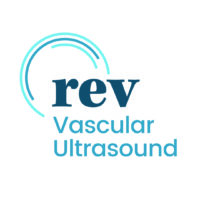Where is the aorta?
The aorta is the main artery running through the stomach. Arteries to important areas such as the liver, stomach, intestines and kidneys branch off from the aorta. At about the level of the navel, the aorta splits to become the iliac arteries, which flow towards the legs.
What are some common aortic conditions?
When the aorta is significantly larger than normal, it is described as abdominal aortic aneurysm (AAA). When an AAA reaches a certain size, there is an increased risk of rupture. Ultrasound can diagnose AAAs and also monitor their growth until a point where treatment is needed – either in the form of a stent or surgery.
Treatment of an AAA with a stent usually requires lifelong ultrasound monitoring, also called surveillance ultrasound.
Sometimes the aorta can become narrowed or blocked, usually as a result of atherosclerosis. When this occurs, there may be less blood flow to the legs, causing walking problems and sometimes pain, ulcers or gangrene. Treatment of these conditions may be in the form of stents or surgery.
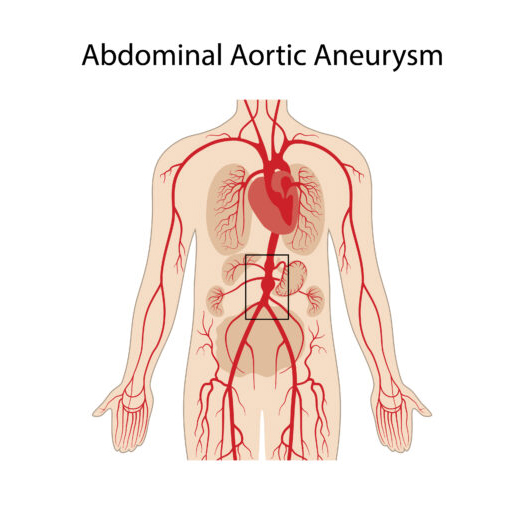
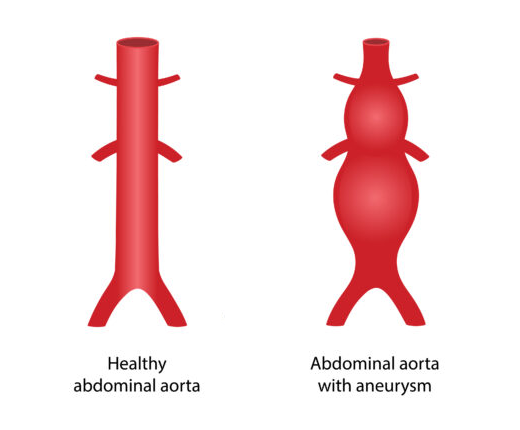
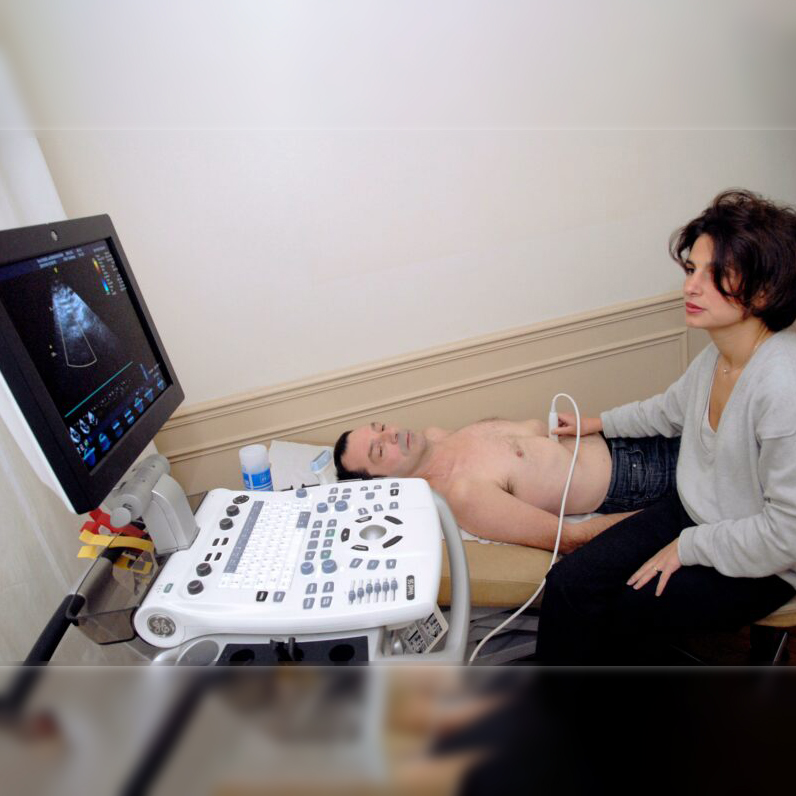
What is an aorta ultrasound scan?
An aortic ultrasound scan will usually take about 30 minutes. Patients need to wear loose clothing that is easy to take off and put on again. The patient lies in a comfortable position on a bed for the scan. Gel helps the ultrasound probe to glide easily over the skin. There could be a sensation of pressure, which may be mildly uncomfortable, as the aorta lies deeply within the stomach.
Preparing for the scan
Patients need an empty stomach, which means not eating for four hours before the scan. We give clear instructions on how to get ready for your scan.
What treatments are available?
The management of small aneurysms, less than 5cm from side-to-side, is usually by regular ultrasound scan observation. When the size of an AAA goes over the 5cm mark, the risk of rupture starts to increase and at that stage discussion about treatment will begin.
There are two types of aneurysm treatment. In younger and fitter patients, open surgical repair will be recommended. This is the best treatment for this group of patients who have many years of life ahead of them.
For older, less fit patients, an aneurysm stent, also called endovascular aortic aneurysm repair (EVAR), is often the best treatment, as long as the shape of the aneurysm is suitable. This is a minimally invasive procedure, with quicker recovery. Afterwards, however, the aneurysm will need close ultrasound scan monitoring.
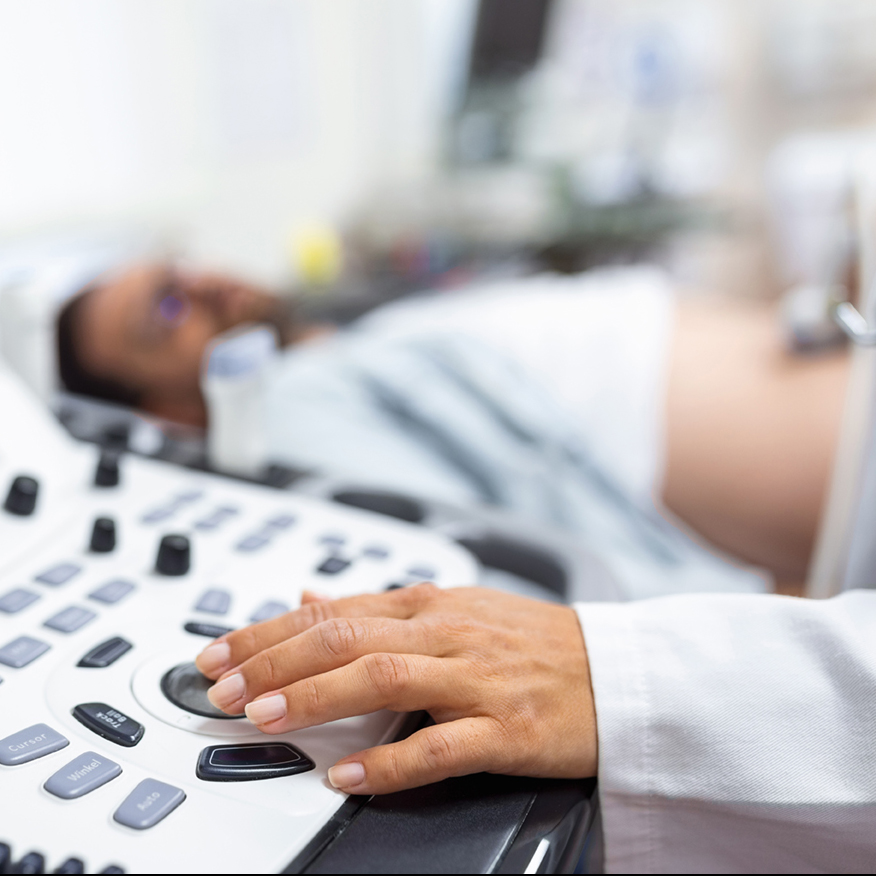
How do I get ready for a vascular ultrasound scan?
Before your scan, we will give you instructions about what to do. This includes what to wear and what you can eat or drink. Scans will take between 30 and 60 minutes.
